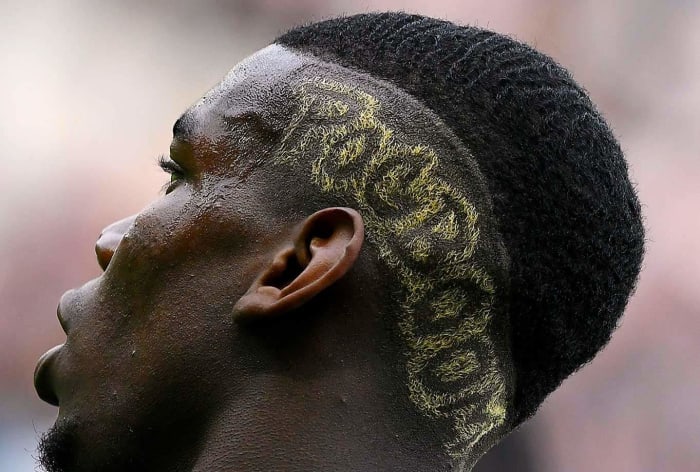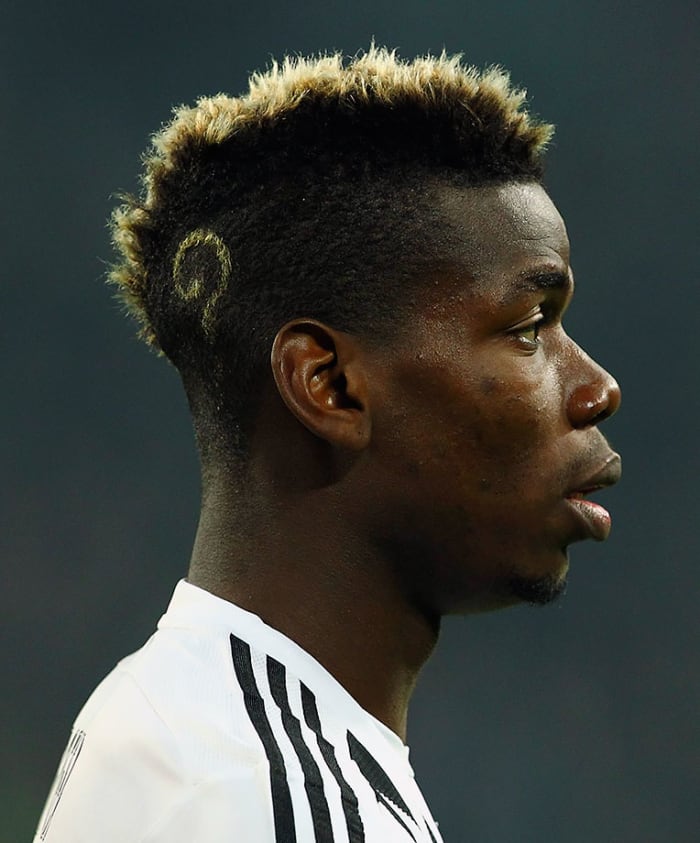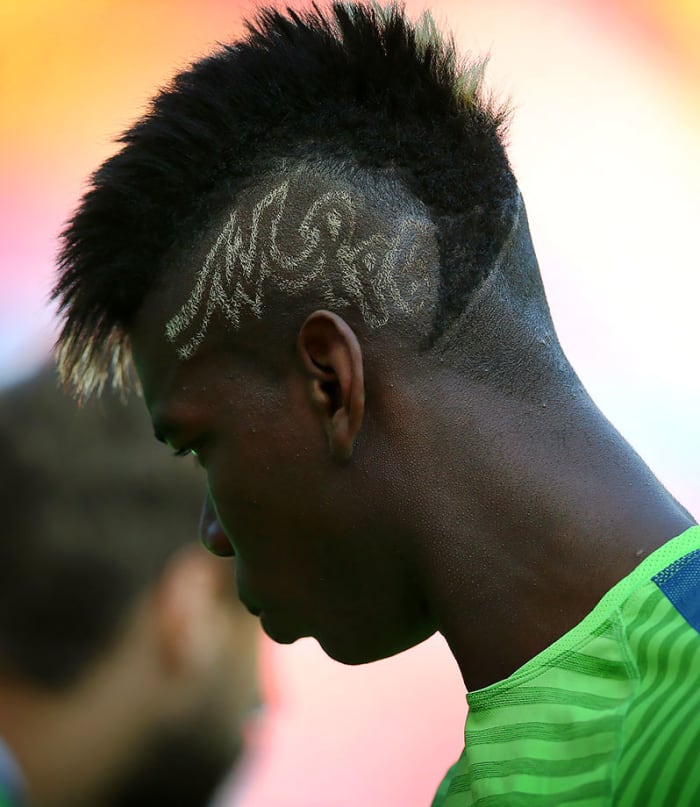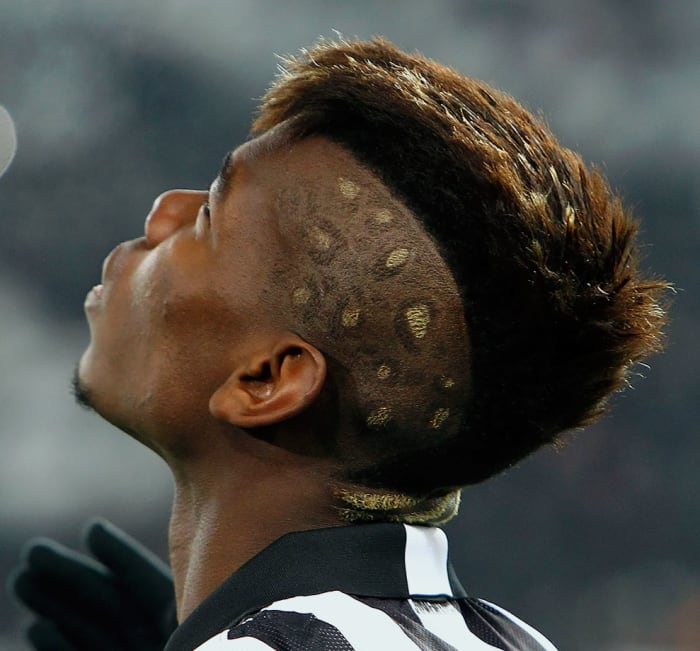Pogba's place in Manchester United's lineup will have strong ripple effect
Jose Mourinho wanted Paul Pogba last season. It wasn’t the only issue as everything fell apart at Stamford Bridge and it probably wasn’t the major issue, but Chelsea’s failure to land the midfielder from Juventus was symptomatic of the breakdown between Mourinho and the club. It perhaps explained his demeanor at last season’s Community Shield and it certainly was behind his attack on those at the club he believed needed to “take responsibility” after the home defeat to Southampton. But that was then. Manchester United is not a club these days to deny a manager a player he really wants, even if he costs €110 million.
The question now is how Mourinho uses him. The midfield Mourinho selected in Sunday’s 2-1 win over Leicester City didn’t look much like a Mourinho midfield. Michael Carrick is a very fine, often underrated player, but even at his peak he was always a serene glider, a great passer of the ball and reader of the game but not a dynamic presence–and he is now 35. Marouane Fellaini is a bag of elbows, all angle and bone, neither disciplined enough to operate as the holding player nor sophisticated enough to be a creator in midfield.
Paul Pogba's four-year road from free transfer to world's most expensive player
Together their partnership is a good enough patch-up job for a Community Shield, but it is not going to win the Premier League. The issue is stylistic as much as qualitative. Mourinho favors hard-running, hard-tackling midfielders.
His Porto featured at least two of Costinha, Maniche and Pedro Mendes. His first Chelsea had Claude Makelele flanked by Frank Lampard and Tiago Mendes then Michael Ballack. Inter had Esteban Cambiasso and Thiago Motta, often with Javier Zanetti. At Real Madrid he would play at least two of his “trivote” of Xabi Alonso, Sami Khedira and Lassana Diarra (or Fabio Coentrao). At Chelsea the second time he had Nemanja Matic and Ramires to go alongside Cesc Fabreagas and Oscar.
GALLERY: Paul Pogba's many hair designs
Paul Pogba's Many Haircuts
In that context, it’s obvious why Mourinho needs Pogba. Ander Herrera is a busy player, somebody with technical ability who can buzz around nicking the ball. Wayne Rooney can drop back from his position behind Zlatan Ibrahimovic. But there is nobody who can dominate the pitch with a combination of physical prowess and passing, nobody to link back to front with a surge, no lungs.
It may be that Mourinho sticks with the 4-2-3-1 and simply slots Pogba into Fellaini’s role. The France international can, after all, offer similar physical attributes to Fellaini with rather more finesse. But the experience of the Euros suggests that to play Pogba in a holding midfield two restricts him. Again and again when he was used like that by Didier Deschamps there was the sense of him playing with a mental burden, having to concentrate on not hurtling forward but on protecting his position.
After Pogba: Which other big names may move in the summer transfer window?
It’s true that at the club level, when there is more time for players to work on mutual understanding and positioning, it may be possible for Pogba to play his more natural game with Rooney or one of the wide players dropping back as cover. But Pogba’s best performances at the Euros came when he played as he did for Juventus, on the side of a three man central midfield–albeit that at Juventus it tended to be in a 3-5-2 and with France a 4-3-3. That gave him the freedom to shuttle back and forth, to use both his attacking and defensive abilities.
Mourinho, over the course of his career, has used both 4-2-3-1 and 4-3-3. It may be that he intends to use both with United, switching as required. But if Pogba is at his best in a three-man midfield and his arrival signals a move to a 4-3-3, it has ramifications elsewhere. Carrick, presumably, would remain the first-choice holding player, sitting just in front of the back four and distributing. Herrera–or Fellaini–could operate on the right of the three. But if Ibrahimovic remains the first-choice center forward, that means no place for Wayne Rooney, unless he is used wide.
Watch: Zlatan Ibrahimovic nets Community Shield winner for Manchester United
And then there’s the forgotten man of this summer, Henrikh Mkhitaryan, whose time under Mourinho since arriving for £26.3 million consists of 66 minutes on a 4-1 defeat to Borussia Dortmund and a few seconds on Sunday having replaced Juan Mata in injury time. He, presumably, would like to play where Rooney now plays, behind a central striker, but it may be that he, too, could operate on the right side of a midfield three.
The positive way of looking at Pogba’s arrival is to say that it gives Mourinho options and perhaps it’s only right that the rest if the side should adapt to accommodate the most expensive player in history. But there will be changes and—not for the first time in recent months—it's beginning to seem that it’s Rooney’s role that creates the biggest headaches.

























